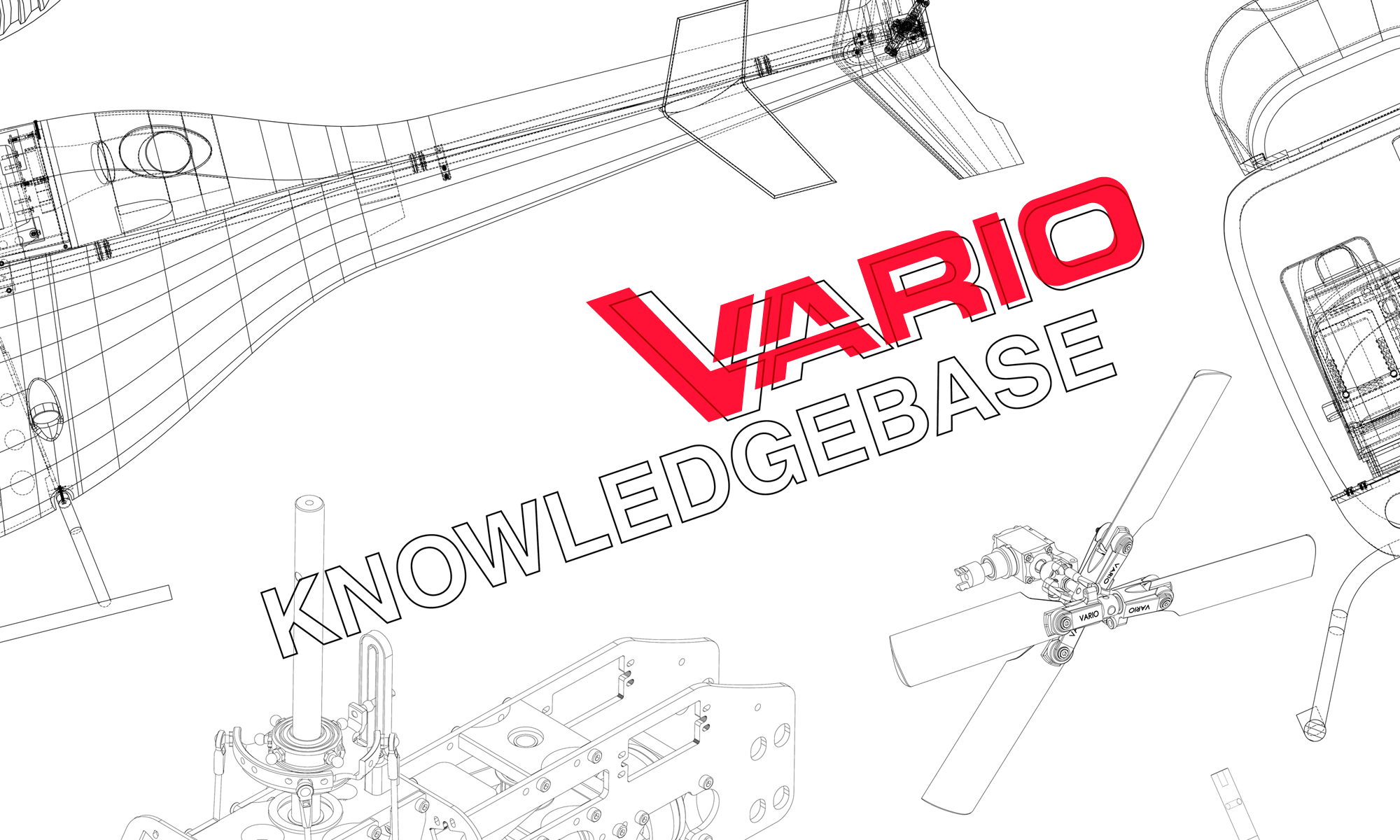Weathering / Altern / Vintage look
Vom Spielzeug zum realistischen Nachbau
Das braucht man:

- Vario Weathering kit Ord.No. 320/151 – enthält:
VARIO weathering cream Ord.No. 320/152
Holzspatel
Pinsel
2 weiche Tücher
Und außerdem:
- Küchenkrepp
- Silikonentferner
- Terpentinersatz
- Einweghandschuhe
- ggf. Wattestäbchen
- ggf. Schleifpad ultrafein, Körnung 1200 (z.B. 3M softpad ultrafein P1200)
Gut zu wissen:
Auf hochglanz lackierten Oberflächen hält das Weathering / Altern nicht so gut wie auf seidenmatt oder matt lackierten Oberflächen. Letztere haben eine raue Oberfläche. Hochglanz lackierte Oberflächen könnten u.U. mit einem ultrafeinen Schleifschwamm zuvor mattiert werden.
Wenn gewünscht, kann der folgende Vorgang probeweise zunächst auf einem begrenzten Bereich, zum Beispiel dem Leitwerk, ausprobiert werden. Bei nicht Gefallen kann die Weathering Cream wieder mit Terpentinersatz abgewaschen werden.
Es kann nichts schief gehen! Man kann sich alle Zeit lassen, die es braucht. Die weathering cream trocknet vorerst nicht.
Man kann überschüssige Weathering cream in Ruhe abwischen und wo es mehr braucht, kann auch später noch aufgetragen und eingearbeitet werden.
Die VARIO weathering cream reicht zum Altern eines Modells der 600-800 Größe.
Los geht‘s
- Oberfläche mit Silikonentferner abwaschen um damit Klebereste und Rückstände zu entfernen.
- Etwas VARIO Weathering Cream mit einem weichen Tuch aufnehmen.
- Rumpfoberfläche oder Testoberfläche mit kreisenden Bewegungen mit der Weathering Cream benetzen. Ecken und Vertiefungen mit einem Pinsel bearbeiten.
- Ein Stück Küchenkrepp 2x falten und mit Terpentinersatz benetzen.
- In Strömungsrichtung abwischen: Im Leitwerksbereich (Turbinen-Abgasstrahl, Luftströmung) waagreicht, unter dem Rotor senkrecht (Downwash der Rotorblätter)
Auf Bildern nachvollziehen, wie und wo das fullsize Vorbild verschmutzt ist.
- Auf diese Weise auf einen Verschmutzungsgrad einstellen. Dabei gilt: Weniger ist mehr – vor allem auf den Flächen. Wiederum an den Panellines, 3D Scaleteilen und Nieten bleibt die Weathering Cream hängen. Das ergibt die Lebendigkeit und den Realismus in der Oberfläche. Im Laufe des Weatheringprozesses verwandelt sich das Modell vom Spielzeug zum realistischen Nachbau. Außerdem: Weathering macht Spass!
- Wenn Du mit deinem Ergebnis zufrieden bist, das Modell beiseite stellen und 1 Woche trocknen lassen.
- Das Weathering greift sich bei glänzend lackierten Modellen leichter ab. Es kann immer wieder aufgefrischt werden, zum Beispiel vor Beginn der Flugsaison oder nach Ende eines Flugwochenendes.
- Für mehr Haltbarkeit besteht die Möglichkeit, hauchdünn und vorsichtig einen 1K oder 2K Klarlacknebel überzuziehen. Zuvor die Verträglichkeit des Klarlackes mit den Decals prüfen. Eine gewisse Routine in der Handhabung ist Voraussetzung, um eine gleichmäßige Oberfläche zu erhalten.
Wir freuen uns über Einsendungen mit Bildern von gelungenen Weathering-Detailaufnahmen an info@vario-helicopter.de aus der Community, die wir hier veröffentlichen können. Wenn Du möchtest, nennen wir Deinen Namen und das Modell im Bilduntertitel.
Wer seine Erfahrungen hier teilen möchte, kann seine Experten-Tipps auf die gleiche Weise an uns senden, damit wir sie hier veröffentlichen können.

—
You need
- Vario Weathering kit Ord.No. 320/151 – contains:
VARIO weathering cream Ord.No. 320/152
wooden spatula
brush
2 soft cloths
And also: - kitchen paper
- silicone remover
- Turpentine substitute
- disposable gloves
- cotton swabs, if necessary
- if necessary, sanding pad ultrafine, grit 1200 (e.g. 3M softpad ultrafine P1200)
Good to know:
Weathering / aging does not hold as well on high-gloss painted surfaces as it does on satin or matte painted surfaces. The latter have a rough surface. High-gloss painted surfaces could possibly be matted beforehand with an ultra-fine sanding sponge.
If desired, the following procedure can be tried out on a limited area first, for example the tail unit. If you do not like the Weathering Cream, you can wash it off with turpentine substitute.
Nothing can go wrong! You can take all the time you need. The weathering cream does not dry for the time being.
You can wipe off excess Weathering cream at your leisure and where more is needed, it can be applied and worked in later.
The VARIO weathering cream is enough to age a 600-800 size model.
Let’s go
- wash surface with silicone remover to remove adhesive residues and residues.
- take up some VARIO Weathering Cream with a soft cloth.
- wet hull surface or test surface with Weathering Cream using circular motions. Treat corners and depressions with a brush.
- fold a piece of kitchen paper 2x and wet with turpentine substitute.
- wipe in the direction of flow: In the tail area (turbine exhaust jet, airflow) horizontally, under the rotor vertically (downwash of the rotor blades).
Use pictures to see how and where the fullsize prototype is dirty. 7. - Adjust to a degree of contamination in this way. The rule is: less is more – especially on the surfaces. Again, the Weathering Cream sticks to the panellines, 3D scale parts and rivets. This gives the surface its liveliness and realism. During the Weathering process, the model transforms from a toy to a realistic replica. Besides: Weathering is fun!
- when you are satisfied with your result, set the model aside and let it dry for 1 week.
- the weathering will rub off more easily on glossy painted models. It can always be refreshed, for example before the start of the flying season or after the end of a flying weekend.
- For more durability, it is possible to carefully apply a very thin coat of 1K or 2K clearcoat. Check the compatibility of the clearcoat with the decals beforehand. A certain routine in handling is required to get an even surface.
We welcome submissions with pictures of successful weathering detail shots to info@vario-helicopter.de from the community, which we can publish here. If you like, we will mention your name and the model in the picture subtitle.
If you want to share your experience here, you can send us your expert tips in the same way so we can publish them here.
